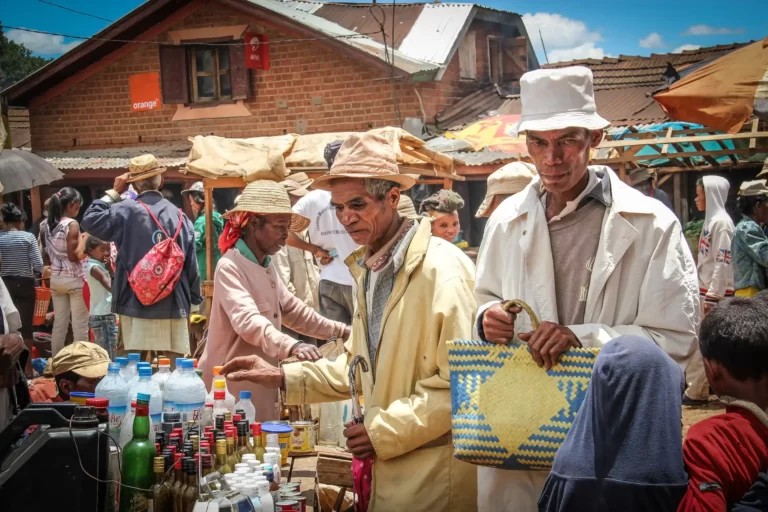Madagascar is renowned for its incredible biodiversity, housing over 200,000 species of plants and animals, many of which are endemic to the island. To make the most of your wildlife experience in Madagascar, here are some essential tips to guide you through the lush landscapes and vibrant ecosystems.
Visit National Parks and Reserves
Madagascar boasts numerous national parks and reserves, such as Andasibe-Mantadia, Ranomafana, and Isalo. These protected areas are prime locations for observing wildlife in their natural habitats. Make sure to allocate time for exploration in these biodiverse regions.
Go on Guided Tours
Hiring a local guide can greatly enhance your wildlife experience. Guides are knowledgeable about the flora and fauna, helping you spot elusive species like lemurs, chameleons, and various birds. They can also share insights into the ecological significance of the area.
Participate in Night Walks
Many of Madagascar’s unique species are nocturnal. Participating in guided night walks can provide the opportunity to see creatures like the mouse lemur and various frogs. These guided excursions offer a different perspective on the island’s biodiversity.
Plan Your Visit During the Right Season
The best time to experience Madagascar’s wildlife is during the dry season, from April to November. During this time, animals are more active, and it’s easier to spot them. Additionally, many species, including lemurs, are more visible as they search for food.
Respect Wildlife and Their Habitats
While observing wildlife, it’s crucial to respect the animals and their environments. Keep a safe distance, avoid feeding them, and stay on marked trails to minimize your impact on their habitats. This ensures that future generations can enjoy Madagascar’s incredible biodiversity.
Engage in Conservation Efforts
Consider participating in conservation programs during your visit. Many organizations offer opportunities for tourists to get involved in wildlife protection initiatives. This not only enriches your experience but also contributes to the preservation of Madagascar’s unique ecosystems.
Explore Different Ecosystems
Madagascar’s biodiversity varies significantly across its different ecosystems, including rainforests, dry deciduous forests, and coastal regions. Make an effort to explore a range of environments to experience the full spectrum of wildlife that the island has to offer.
Bring Binoculars and a Camera
To fully appreciate Madagascar’s wildlife, don’t forget to bring binoculars for birdwatching and a camera to capture the stunning sights. Be sure to respect wildlife guidelines when photographing animals, ensuring you don’t disturb them during your observations.
Learn About Endemic Species
Familiarize yourself with Madagascar’s unique species before your trip. Understanding the characteristics and behaviors of animals like the indri lemur, aye-aye, and various endemic birds can enhance your wildlife encounters and appreciation for the island’s biodiversity.
Share Your Experience
After your visit, share your experiences and knowledge about Madagascar’s wildlife with others. Raising awareness about the importance of conservation and the unique biodiversity of Madagascar can help inspire future travelers to respect and protect this incredible island.








